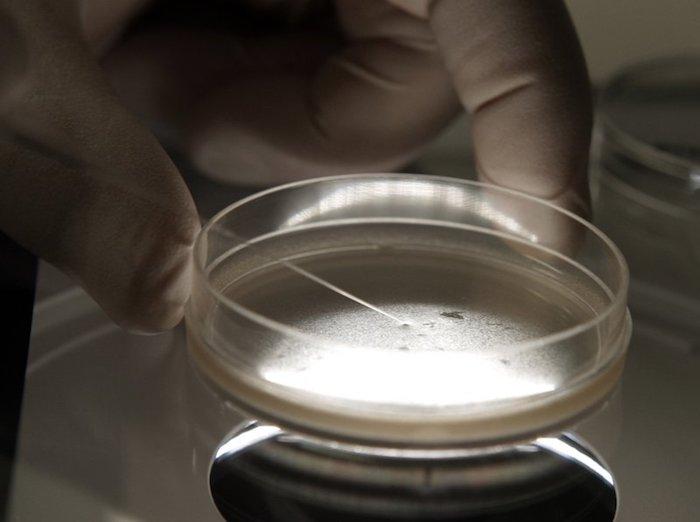Commentary
The advancement of science is one of mankind’s greatest triumphs. And who could be against it? Deploying the raw power of rational analysis, science exponentially increases our understanding of the natural world and leads to wonderous applications to improve the human condition.





